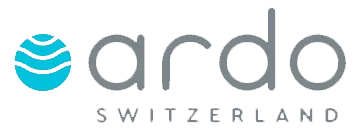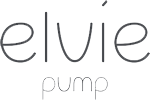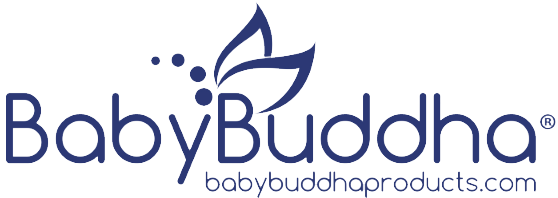Can I Use HSA for Breast Pump Purchases?
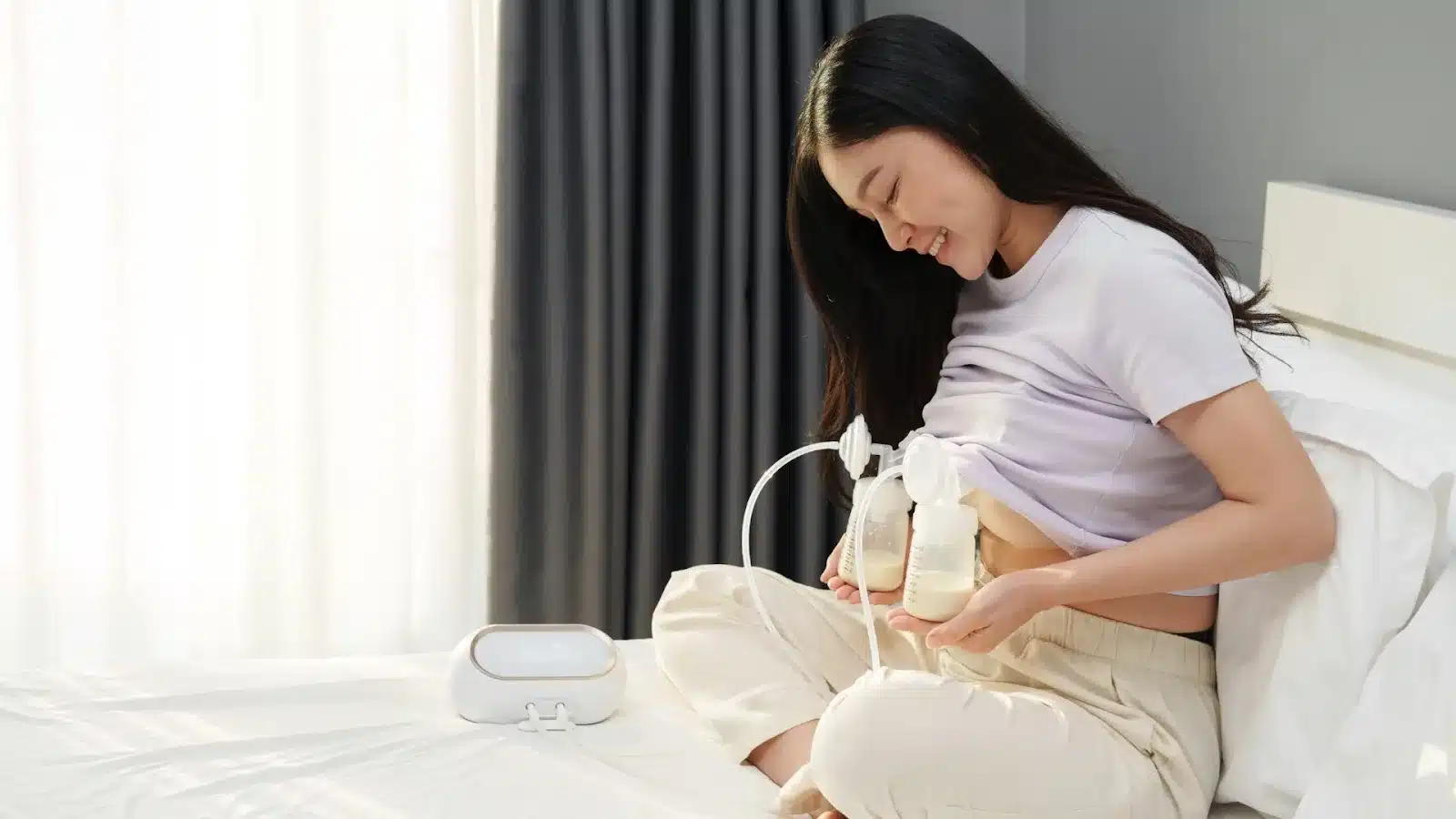
If you’re expecting a baby or currently breastfeeding, you’re likely investing in items that support your physical recovery and your baby’s well-being. A breast pump often tops that list, but did you know you can use your Health Savings Account (HSA) to cover that cost?
HSAs are designed to help families manage healthcare expenses with tax advantages, and the IRS includes breast pumps as eligible medical items. That means this essential piece of equipment may be paid for using pre-tax dollars, helping you save money and support your feeding journey at the same time.
Let’s walk through how it works, what to know before buying, and how to make the most of your HSA for this important purchase.
Key Takeaways
- Breast pumps and lactation supplies are HSA-eligible medical expenses.
- You can use your HSA debit card or request reimbursement with proper receipts.
- Eligible items include pumps, storage bags, pump parts, and nipple care products.
- Manual, electric, wearable, and hospital-grade pumps all qualify.
- Using your HSA helps lower out-of-pocket costs and supports your feeding journey.
What Is an HSA?

A Health Savings Account (HSA) is a special savings account that lets you set aside money, before taxes, for qualified medical expenses. If you’re enrolled in a high-deductible health plan (HDHP), you’re likely eligible to open and use an HSA.
You can use HSA funds to pay for doctor visits, prescriptions, and even essential items like breast pumps and lactation supplies. Because the money is tax-free, it helps stretch your budget while covering the things that support your health and recovery.
Benefits of Using Your HSA for a Breast Pump
HSAs are designed for health-related expenses, and they offer real financial advantages when used for qualified purchases like breast pumps.
Here’s how using your HSA can work in your favor:
- Tax-Free Spending: Every dollar you spend from your HSA goes toward your pump without being taxed, which helps your money go further.
- Lower Out-of-Pocket Costs: Because the funds are pre-tax, you’re effectively paying less than you would with a regular credit or debit card.
- Covers More Than Just the Pump: You can also use your HSA for pump parts, milk storage bags, nipple creams, and other eligible lactation supplies.
- No Need to Wait on Insurance: If your insurance coverage is limited or slow, HSA funds can help you buy what you need without delay.
- Reduces Financial Stress: When feeding your baby already feels like a full-time job, knowing your pump is covered can be one less thing to worry about.
Whether you’re buying your first pump or adding a backup for convenience, your HSA can make that purchase more affordable and accessible.
Who Is Eligible to Use an HSA?
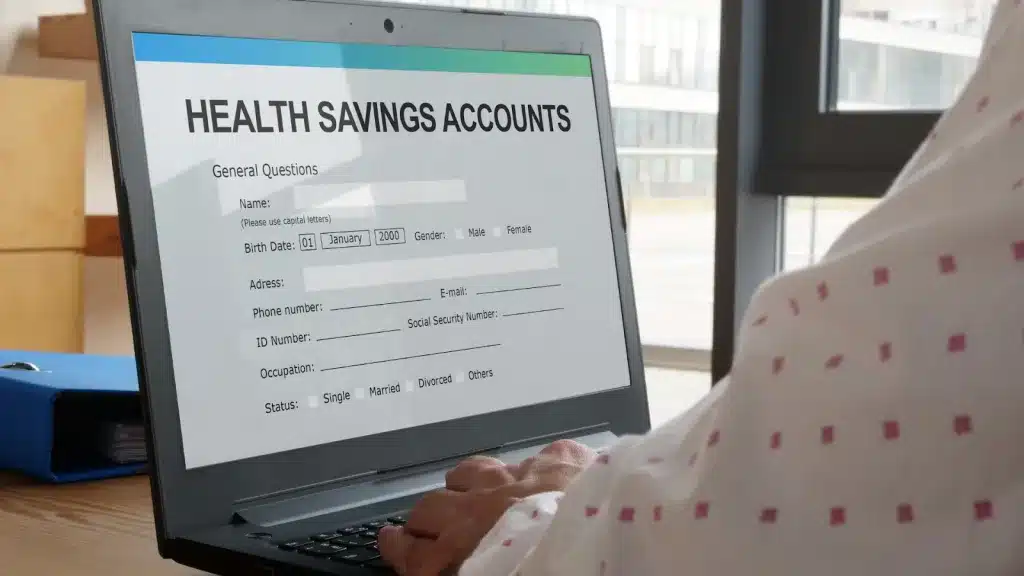
To use a Health Savings Account (HSA), you need to be enrolled in a High-Deductible Health Plan (HDHP). These plans typically have lower monthly premiums but higher deductibles, and they meet specific criteria set by the IRS each year.
If you’re covered under an HDHP and haven’t enrolled in other disqualifying health plans (like certain FSAs), you can open and contribute to an HSA, and use those funds for qualified medical expenses like a breast pump.
You’re eligible to use an HSA if:
- You are enrolled in a qualifying HDHP (check with your insurance provider)
- You are not enrolled in Medicare
- You do not have a general-purpose FSA (flexible spending account) that overlaps
- You are not claimed as a dependent on someone else’s tax return
What’s Considered an HSA-Eligible Plan?
To qualify for an HSA, you must be enrolled in a High-Deductible Health Plan (HDHP). Under IRS guidelines, an HDHP must meet two key criteria:
- Minimum Deductible: This is the amount you need to pay out-of-pocket for medical care each year before your insurance coverage begins.
- Maximum Out-of-Pocket Limit: This is the highest amount you’d be required to pay in a year for covered services, including deductibles, co-pays, and coinsurance.
Both limits are set by the IRS and updated annually. If your health insurance plan meets these requirements, it’s considered HSA-eligible, and you can contribute to and use an HSA for qualified medical expenses, including a breast pump.
HSA-Eligible Essential Items That Support Your Pumping Journey
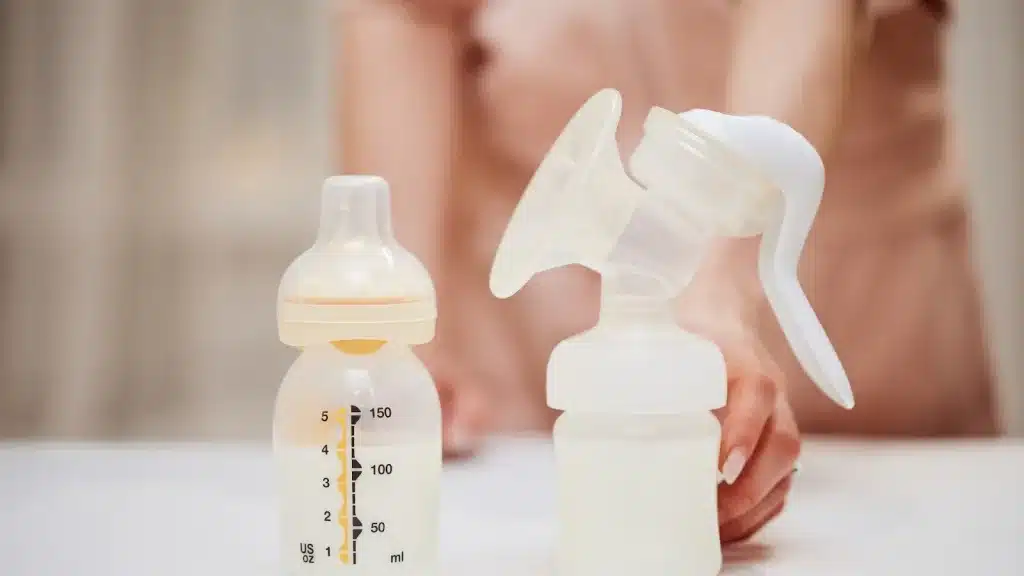
When planning your breastfeeding journey, it’s helpful to know that your Health Savings Account (HSA) can cover a wide range of essentials, not just the breast pump itself.
Many items that support milk expression, storage, and nipple care qualify as eligible medical expenses, meaning you can pay for them tax-free using your HSA.
Common HSA-Covered Items:
- Breast pumps: Manual, electric, wearable, and hospital-grade pumps are all eligible.
- Pump parts and accessories: This includes tubing, flanges, valves, duckbill membranes, backflow protectors, and connectors.
- Milk storage supplies: Breast milk storage bags, collection bottles, and labeling systems.
- Hands-free pumping bras: If they’re marketed as medical-grade or used specifically with a pump.
- Nipple creams and ointments: Lanolin or doctor-recommended options for soothing sore or cracked nipples.
- Nursing pads: Disposable or washable pads that help manage leakage.
- Pump cleaning tools: Sterilizing bags, bottle brushes, and pump-specific wipes that support hygiene.
Items Not Typically Covered:
- Regular nursing bras or clothing without a medical label
- Standard baby bottles are not intended for breast milk storage.
- Books, lactation classes, or consultations, unless prescribed
- Products from retailers that don’t list them as HSA-eligible
This can help ensure you get the most value from your HSA while supporting your feeding goals.
How to Use Your HSA to Buy a Breast Pump?
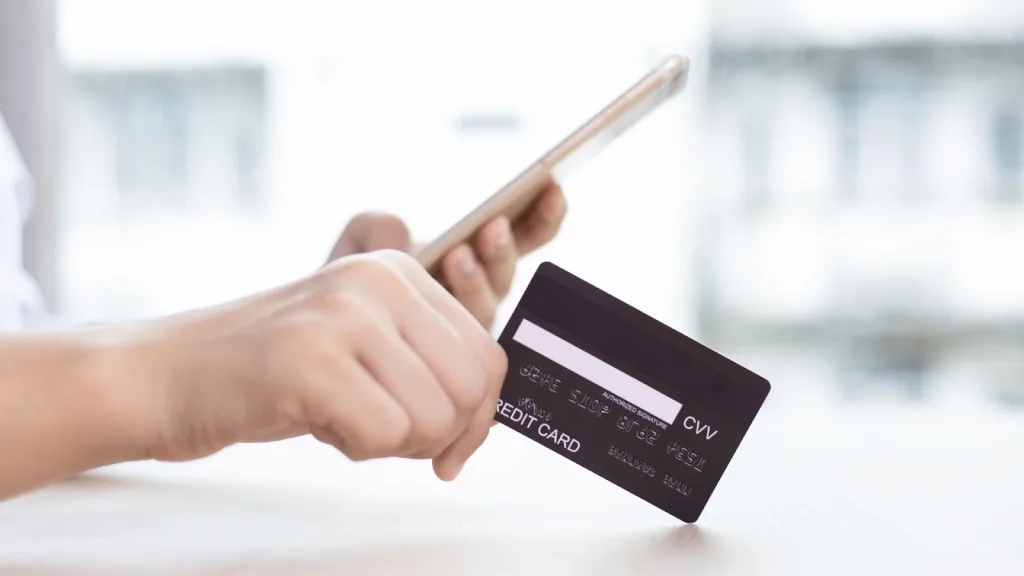
Using your Health Savings Account (HSA) to purchase a breast pump is not only allowed, it’s a smart way to make an essential purchase more affordable. Whether you’re buying directly with your HSA card or requesting reimbursement, the process is straightforward once you know the steps.
1. Shop with an HSA-Eligible Retailer
Look for trusted websites or stores that clearly mark breast pumps and accessories as HSA-eligible. This includes online retailers like Insurance Covered Breast Pumps, Aeroflow, and even Amazon (if labeled accordingly).
2. Pay with Your HSA Debit Card (If You Have One)
If your HSA came with a debit card, you can use it at checkout just like any other payment method, as long as the item is qualified. Always keep your receipt for records.
3. Pay Out of Pocket and Get Reimbursed (If Needed)
If you don’t have your HSA card handy or the store doesn’t accept it, pay with your funds and submit a reimbursement request later through your HSA provider’s website or app. Make sure to upload:
- An itemized receipt
- The product name and date
- Any documentation your HSA provider might require
4. Store Your Documentation
Hold onto your receipts and reimbursement confirmations. Even if your purchase goes smoothly, the IRS recommends keeping records in case you need to prove it was an eligible medical expense.
Common Challenges and Solutions while Using HSA
Even though using an HSA for a breast pump is allowed, some moms run into small hiccups along the way. Here’s how to handle them with less stress and more clarity.
Challenge 1: Your HSA card is declined at checkout
Solution: Not all retailers accept HSA cards directly. If this happens, simply pay with another method and submit your receipt for reimbursement through your HSA provider’s website or app.
Challenge 2: Confusion about what’s eligible
Solution: Stick to trusted retailers that label products as “HSA-eligible.” For extra reassurance, check your HSA provider’s list of approved expenses or ask customer support before buying.
Challenge 3: Missing or vague receipts
Solution: If your receipt doesn’t clearly show the product name or category, ask the retailer for a detailed or itemized version. Keeping proper documentation is key for reimbursements and IRS records.
Challenge 4: Insurance and HSA overlap
Solution: If insurance has already covered a basic pump, you can often use your HSA to pay for an upgrade, a second pump, or extra parts not covered by your plan.
Challenge 5: Reimbursement gets denied
Solution: Double-check that the product was eligible and your receipt meets the HSA provider’s requirements. If needed, reach out to their support team, and they can guide you through the next steps or clarify what’s missing.
Choosing the Right Breast Pump
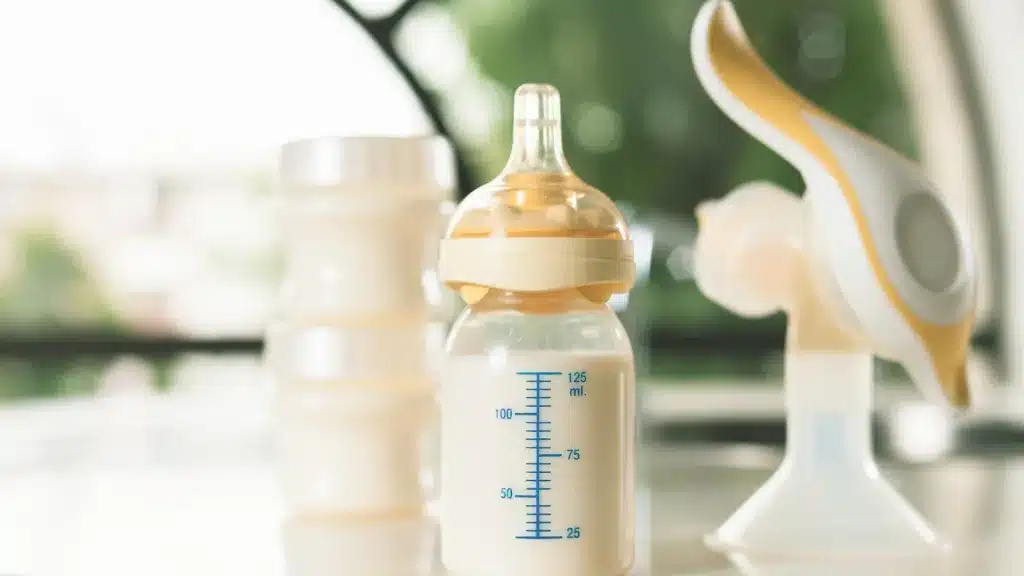
Your breast pump should support your lifestyle, your comfort, and your daily routine. Whether you’re pumping exclusively, going back to work, or building a freezer stash, the right pump can make a real difference in how confident and comfortable you feel.
Here are a few things to keep in mind when using your HSA to shop for the best fit:
1. Types of Breast Pumps Covered by HSA
- Manual pumps: Affordable, quiet, and ideal for occasional use or travel
- Electric double pumps: Great for regular pumping, offering speed and efficiency
- Wearable pumps: Discreet and hands-free, perfect for multitasking
- Hospital-grade pumps: Powerful and effective, especially for boosting supply
2. Features to Consider
- Suction levels and comfort settings to match your body’s needs
- Closed-system design to prevent milk backflow and ensure hygiene
- Portability with rechargeable batteries or lightweight build
- Ease of cleaning with fewer parts or dishwasher-safe components
- Quiet motor for discreet pumping at work or during baby’s naps
3. Budgeting with HSA in Mind
- Use your HSA to upgrade beyond the basic pump covered by insurance
- Invest in accessories like extra flanges, milk storage bags, and nipple cream, all eligible
- Watch for bundle deals from HSA-approved retailers to maximize value
Final Words
Using your HSA to purchase a breast pump is more than a smart financial move; it’s a way to care for yourself while caring for your baby. Whether you’re pumping at home, at work, or in between moments of rest, the right support makes all the difference.
By understanding what’s eligible, how to use your HSA, and what features to look for in a pump, you’re taking steps to make this part of motherhood a little smoother and a lot more manageable.
You deserve care that fits your life. Your effort matters, and so does your peace of mind.
FAQs
1. Can I use my HSA to buy any breast pump?
Yes, most breast pumps, including manual, electric, wearable, and hospital-grade models, are HSA-eligible as long as they are used for medical purposes like expressing milk.
2. What other breastfeeding items can I pay for with my HSA?
You can use HSA funds for storage bags, pump parts, nipple creams, nursing pads, and other medically related lactation supplies.
3. Do I need a prescription to use my HSA for a breast pump?
Usually not. Most HSA providers don’t require a prescription, but having one can help if your provider asks for documentation.
4. Can I be reimbursed if I paid out of pocket?
Yes. If you paid with a regular card, simply submit your itemized receipt through your HSA portal to request reimbursement.
5. What if my insurance already provided a pump?
You can still use HSA funds for a second pump, an upgrade, or extra accessories not covered by your insurance.
6. How can I make sure a product is HSA-eligible before buying?
Shop from trusted retailers that label items as “HSA-eligible” and keep all receipts in case your HSA provider asks for proof later.




